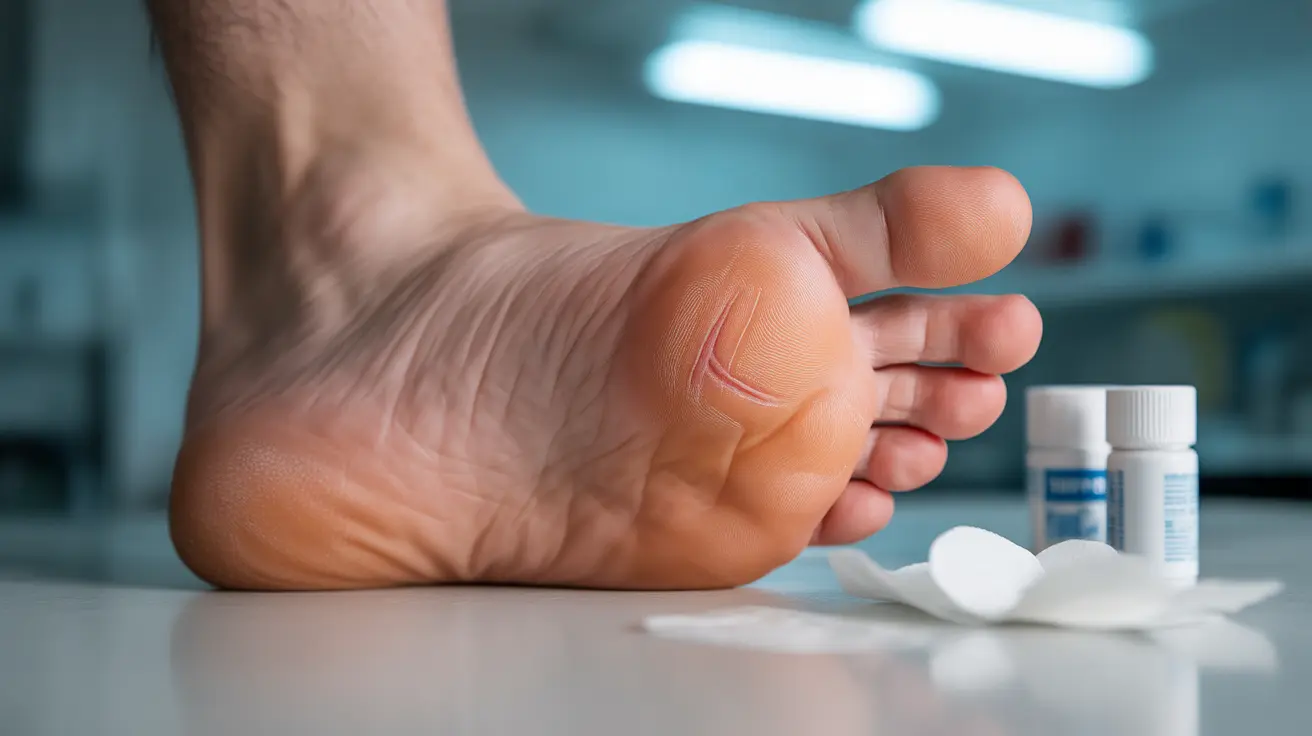Developing a blister between your toes can be both painful and frustrating, making simple activities like walking uncomfortable. These fluid-filled sacs often develop due to friction, moisture, or underlying conditions, but with proper understanding and care, they can be effectively managed and prevented.
Understanding the causes, treatment options, and prevention strategies for blisters between toes is essential for maintaining foot health and preventing complications. This comprehensive guide will help you identify, treat, and avoid these uncomfortable lesions.
Common Causes of Toe Blisters
Blisters between toes can develop for several reasons, with friction being the most common culprit. Here are the primary causes:
- Ill-fitting shoes causing repeated friction
- Excessive moisture from sweating
- Extended periods of walking or running
- Fungal infections like athlete's foot
- Allergic reactions to footwear materials
- Skin conditions such as dyshidrotic eczema
Home Treatment Methods
When you discover a blister between your toes, proper care is essential for healing and preventing infection. Here are safe treatment approaches:
Do's for Blister Care
- Keep the area clean and dry
- Use an antiseptic solution if needed
- Apply appropriate blister padding
- Wear open-toed shoes when possible
- Monitor for signs of infection
Don'ts for Blister Care
- Avoid popping the blister
- Don't remove loose skin
- Don't continue wearing problematic shoes
- Don't ignore signs of infection
Prevention Strategies
Preventing blisters between toes is often easier than treating them. Consider these effective prevention methods:
- Choose properly fitting shoes with adequate toe space
- Wear moisture-wicking socks
- Use antiperspirant foot powder
- Break in new shoes gradually
- Apply protective padding before activities
When to Seek Medical Care
While many blisters can be treated at home, some situations require professional medical attention:
- Signs of infection (redness, warmth, pus)
- Recurring blisters
- Blisters accompanied by fever
- Diabetic patients with any foot issues
- Large or particularly painful blisters
Frequently Asked Questions
What causes blisters to form specifically between the toes?
Blisters between toes typically form due to friction from tight shoes, excessive moisture, or skin conditions. The unique anatomy of toe spaces makes them particularly susceptible to friction and moisture buildup, leading to blister formation.
How can I treat a blister between my toes at home safely?
To treat a blister at home, keep the area clean and dry, use antiseptic solutions if necessary, and apply appropriate padding. Avoid popping the blister, as this can lead to infection. Let it heal naturally while protecting it from further friction.
When should I see a doctor for a blister between my toes?
Seek medical attention if you notice signs of infection (redness, warmth, pus), if the blister is unusually large or painful, if you have diabetes, or if blisters keep recurring despite preventive measures.
How can I prevent blisters from forming between my toes, especially during exercise?
Prevent blisters by wearing properly fitting shoes, moisture-wicking socks, and using foot powder to reduce moisture. Before exercise, apply protective padding to areas prone to blistering and gradually break in new athletic shoes.
Could a fungal infection like athlete's foot cause blisters between my toes?
Yes, fungal infections like athlete's foot can cause blisters between toes. These infections create an environment that makes blister formation more likely and may require antifungal treatment along with blister care.




